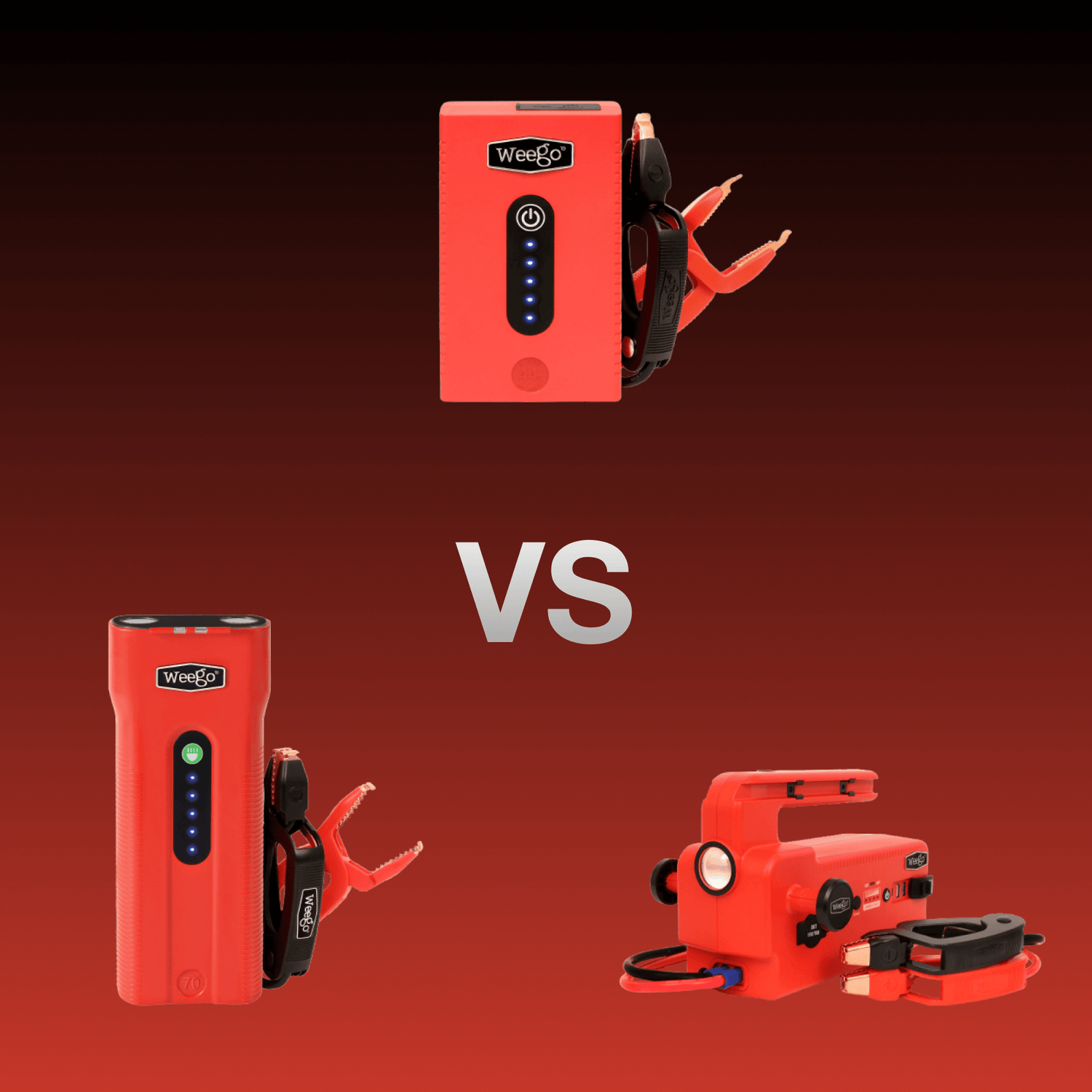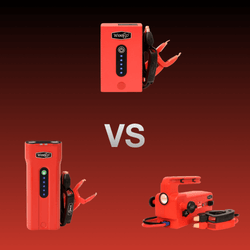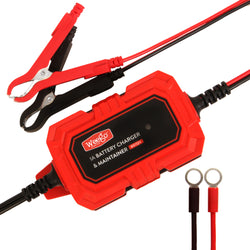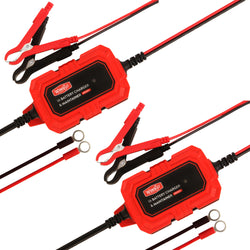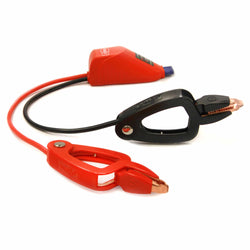We have all seen the impact of portable power in our lives, especially over the last two decades. Everything from our cell phones to our laptop computers have gotten smaller and hold a charge longer. We have witnessed the evolution of chemistry used in battery technology, the latest of which is Lithium, currently taking center stage.
Lithium battery capacity is a viable successor due to its density to power ratio. Basically, it packs a lot of punch in a small package which is why our electronics are getting smaller and lasting longer between recharges. The same is true in the automotive industry. We all know the success of Tesla Motors. Product sales aside, they have proven that lithium power cells are the center of their success. Lithium chemistry is changing the automotive landscape beyond just powering the vehicle. It is also powering the automotive service industry as a whole, with the ability to be more mobile and agile in response to customer needs, whether in the service bay with handheld diagnostic equipment or on the road with portable power when needed.
One such area is roadside service for dead batteries, infamously known as the #1 or #2 most calls, along with flat tires. Lithium battery powered jump packs have been gaining attention over the last few years, some good, some bad, but the main thing to realize is it allows the technician to be more mobile and agile in response to the customer’s service needs.
Lithium powered product technology has evolved over the last few years with better and more stable chemistry, making the batteries safer and more reliable in daily use. In fact, they have reached the same reliability level as lead acid jump packs. A lot of this has to do with the quality of the battery build, but also the electronic controls over battery cell management. This ability to control everything from the cell balancing of voltage to controlling the temperature of the battery and charge/discharge rates makes the entire package safer and more reliable.
Lithium powered jump packs will work longer and last longer, at a rate double that of their lead acid equivalents, giving them an economical advantage over the long haul. When you compare a lead acid battery to a Lithium battery, you notice a few things right away. It’s size and weight play a big role. Overall, lithium power allows for smaller footprints and lighter weight impact than lead acid. Lithium power has a longer power storage capability and is more tolerant of temperatures below freezing. Soon we may well see the changeover to lithium battery packs replacing the lead acid batteries in vehicles, similar to the current impact on motorcycles and recreational vehicles. Why? Because lithium batteries are lightweight, reliable, and electronically monitored in more efficient ways than lead acid batteries.
We are all witnessing the revolution of portable power. And, we have positioned Weego Portable Jump Starters to be part of this revolution.
